Recovering from an ankle injury can be a frustrating and challenging process. The road to full recovery often involves rehabilitation exercises and regaining strength and balance in the affected area. But what if there was a simple tool that could make this process easier and more efficient? Enter grab bars.

Grab bars, typically found in bathrooms to assist with stability, can play a significant role in the ankle injury healing process. These sturdy bars provide support and stability while performing rehabilitation exercises, allowing individuals to safely put weight on their injured ankle without fear of falling or further injury.
By incorporating grab bars into your ankle injury rehabilitation routine, you can improve your balance, increase your range of motion, and regain strength in a more controlled and secure manner. With their easy installation and versatility, grab bars are a valuable aid in the healing process. Whether you’re recovering from a sprain, fracture, or surgery, grab bars can provide the stability and confidence you need throughout your journey to recovery.
Don’t let an ankle injury hinder your progress. Discover the benefits of grab bars and make your rehabilitation easier and more effective than ever before.
Understanding ankle injuries and the rehabilitation process
Ankle injuries are common and can range from sprains to fractures and even surgical procedures. Regardless of the severity, the rehabilitation process is crucial for a successful recovery. Understanding the nature of your injury and the importance of following a structured rehabilitation program is the first step towards recovery.
During the healing process, it's common for individuals to experience pain, swelling, and limited range of motion. Restoring strength, stability, and flexibility in the ankle is essential for regaining normal function. This is where grab bars can make a significant difference.
The importance of stability and safety in ankle injury rehabilitation
Stability and safety are paramount in ankle injury rehabilitation. Without proper support, individuals may struggle to perform exercises correctly, leading to further injuries or setbacks in the healing process. Grab bars offer a solution by providing a stable and secure point of contact during exercises and movements.
The use of grab bars ensures that weight is distributed evenly and allows individuals to focus on performing exercises with proper form. This not only reduces the risk of further injury but also promotes faster healing by targeting specific muscle groups and joints effectively. With the added stability, individuals can confidently push their limits and gradually increase the intensity of their rehabilitation program.
Introducing grab bars: What are they and how do they aid in the healing process?
Grab bars are sturdy and secure bars that are typically installed in bathrooms to assist with stability and support. These bars are designed to withstand weight and provide a reliable grip. While they are commonly associated with bathroom safety, grab bars have gained recognition for their role in aiding ankle injury rehabilitation.
The design of grab bars ensures that they are easy to grip and offer a secure point of contact. They can be installed at various heights and angles to accommodate different exercises and movements. The versatility of grab bars makes them an ideal tool for ankle injury rehabilitation, as they can be used for balance exercises, stretching, and even weight-bearing movements.
The benefits of using grab bars in ankle injury rehabilitation
Using grab bars in ankle injury rehabilitation offers numerous benefits that can enhance the healing process. Firstly, grab bars provide stability and support, allowing individuals to safely put weight on their injured ankle. This is particularly beneficial for individuals with limited balance or those who are still building strength in the affected area.
Secondly, grab bars promote proper alignment and form during exercises. With a secure point of contact, individuals can focus on engaging the correct muscles and joints, maximizing the efficiency of each movement. This leads to improved range of motion, increased strength, and faster recovery.
Furthermore, grab bars can improve confidence and reduce fear of falling or re-injury. By providing a stable support system, individuals can push their limits and gradually progress in their rehabilitation program. This sense of security allows for a more positive mindset, which plays a significant role in the healing process.
Choosing the right grab bars for your specific needs
When it comes to choosing grab bars for ankle injury rehabilitation, several factors should be considered. Firstly, the size and weight capacity of the grab bars should match your specific needs. Ensure that the bars are sturdy and can support your weight during exercises and movements.
Additionally, consider the installation requirements and the space available in your home or rehabilitation facility. Grab bars can be mounted on walls or secured to the floor, depending on the exercises you plan to perform. It's essential to choose grab bars that can be installed in a location that provides optimal support and functionality.
Lastly, consider the grip and texture of the grab bars. Look for bars that offer a comfortable grip and prevent slipping, even when hands or feet are wet or sweaty. This will ensure your safety and prevent accidents during the rehabilitation process.
Installing grab bars in your home or rehabilitation facility
Installing grab bars in your home or rehabilitation facility is a straightforward process that can greatly enhance your ankle injury rehabilitation. It's important to have a clear plan and ensure that the grab bars are securely mounted to provide the necessary stability and support.
Start by identifying the ideal locations for the grab bars based on the exercises you will be performing. Measure the distances and heights required for optimal functionality. Once you have a plan in place, gather the necessary tools and materials for installation.
Follow the manufacturer's instructions carefully and use appropriate anchors and screws to secure the grab bars to the wall or floor. Ensure that the bars are level and can withstand the weight and pressure they will be subjected to during your rehabilitation exercises.
Using grab bars effectively during ankle exercises and mobility training
Using grab bars effectively during ankle exercises and mobility training is essential for maximizing their benefits. Start by incorporating balance exercises to improve stability and proprioception. Place one hand on the grab bar while performing single-leg stands or heel-to-toe walks, gradually increasing the duration and difficulty as your balance improves.
For stretching exercises, grab bars provide a stable point of contact, allowing for controlled and targeted stretching of the ankle and surrounding muscles. This can help alleviate stiffness and increase range of motion over time. Be sure to follow proper form and consult with a healthcare professional or physical therapist for specific exercises and guidance.
When performing weight-bearing exercises, such as squats or lunges, grab bars can provide additional support and stability. Use the bars to assist with balance and control as you gradually increase the weight and intensity of the exercises. Remember to listen to your body and progress at a pace that is suitable for your individual recovery journey.
While grab bars are a valuable tool in ankle injury rehabilitation, there are additional tools and aids that can complement their effectiveness. Resistance bands, for example, can be used in conjunction with grab bars to provide added resistance during exercises, promoting strength and flexibility gains.
Balance boards or wobble cushions can also be used alongside grab bars to challenge stability and improve proprioception. These tools help train the ankle and surrounding muscles to adapt to different surfaces and movements, enhancing overall balance and control.
Additionally, foam rollers or massage balls can be used to release tension and promote blood flow to the ankle area. These self-massage tools can aid in reducing muscle soreness and facilitating faster recovery.
Success stories: Real-life examples of how grab bars have helped in the healing process
Real-life success stories demonstrate the significant impact of grab bars on ankle injury rehabilitation. Individuals who have incorporated grab bars into their recovery journey have reported improved stability, increased confidence, and accelerated healing.
One success story involves a professional athlete who suffered a severe ankle sprain during a game. With the help of grab bars, they were able to continue their rehabilitation program without compromising their training schedule. The grab bars provided the necessary stability to perform exercises and maintain balance, allowing for a swift return to competition.
Another success story involves an elderly individual who underwent ankle surgery. Grab bars were installed in their home, enabling them to perform rehabilitation exercises independently. The added support and stability offered by the grab bars allowed them to regain strength and mobility more effectively, ultimately improving their overall quality of life.
These success stories highlight the versatility and impact of grab bars in ankle injury rehabilitation. Regardless of age or athletic ability, grab bars can be a valuable asset in the healing process.
Conclusion: The impact of grab bars on ankle injury rehabilitation and future considerations
In conclusion, grab bars play a vital role in making ankle injury rehabilitation easier and more effective. By providing stability, support, and confidence, grab bars allow individuals to safely perform exercises and movements, speeding up the healing process.
When choosing grab bars, consider your specific needs, installation requirements, and grip preferences. Proper installation is crucial for optimal functionality and safety. Additionally, incorporating other tools and aids, such as resistance bands or balance boards, can further enhance the effectiveness of grab bars in ankle injury rehabilitation.
As you embark on your ankle injury rehabilitation journey, remember that patience, consistency, and proper guidance are key. Consult with a healthcare professional or physical therapist to develop a personalized rehabilitation program that incorporates the use of grab bars. With dedication and the aid of grab bars, you can overcome ankle injuries and regain your strength, flexibility, and mobility.
Don't let an ankle injury hinder your progress. Discover the benefits of grab bars and make your rehabilitation easier and more effective than ever before. Start your journey to recovery with the assistance of grab bars and take confidently steps towards a healthier and stronger ankle.




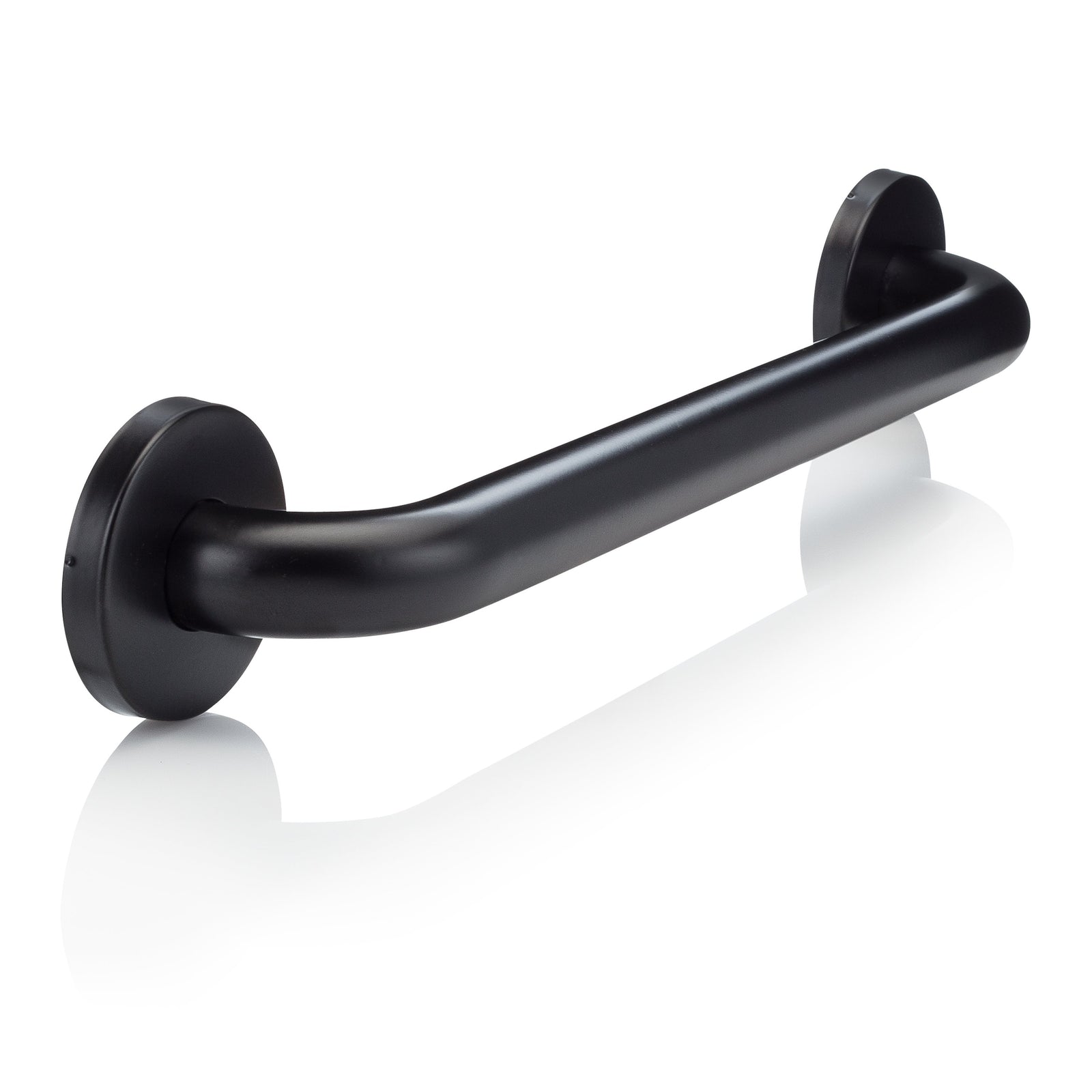
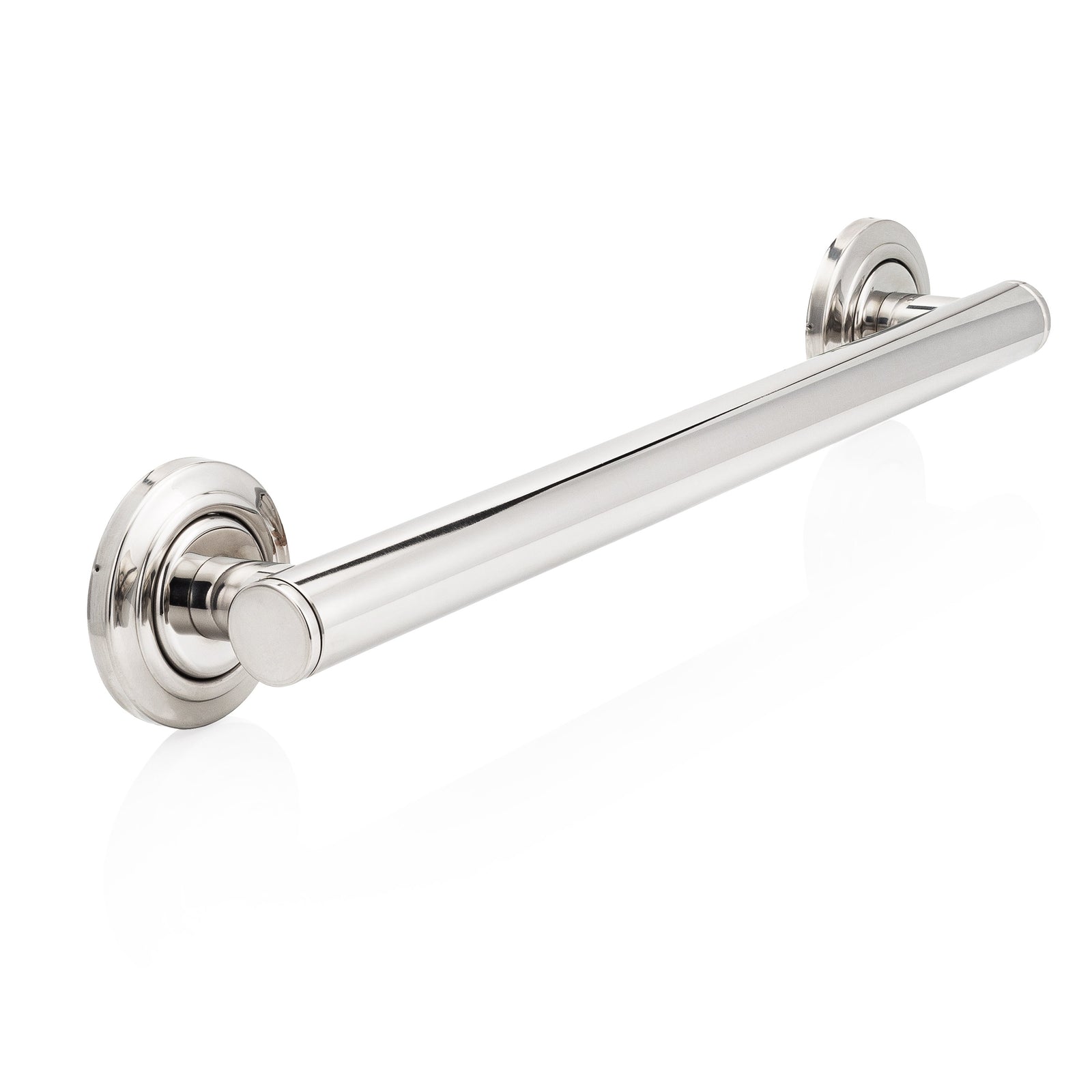


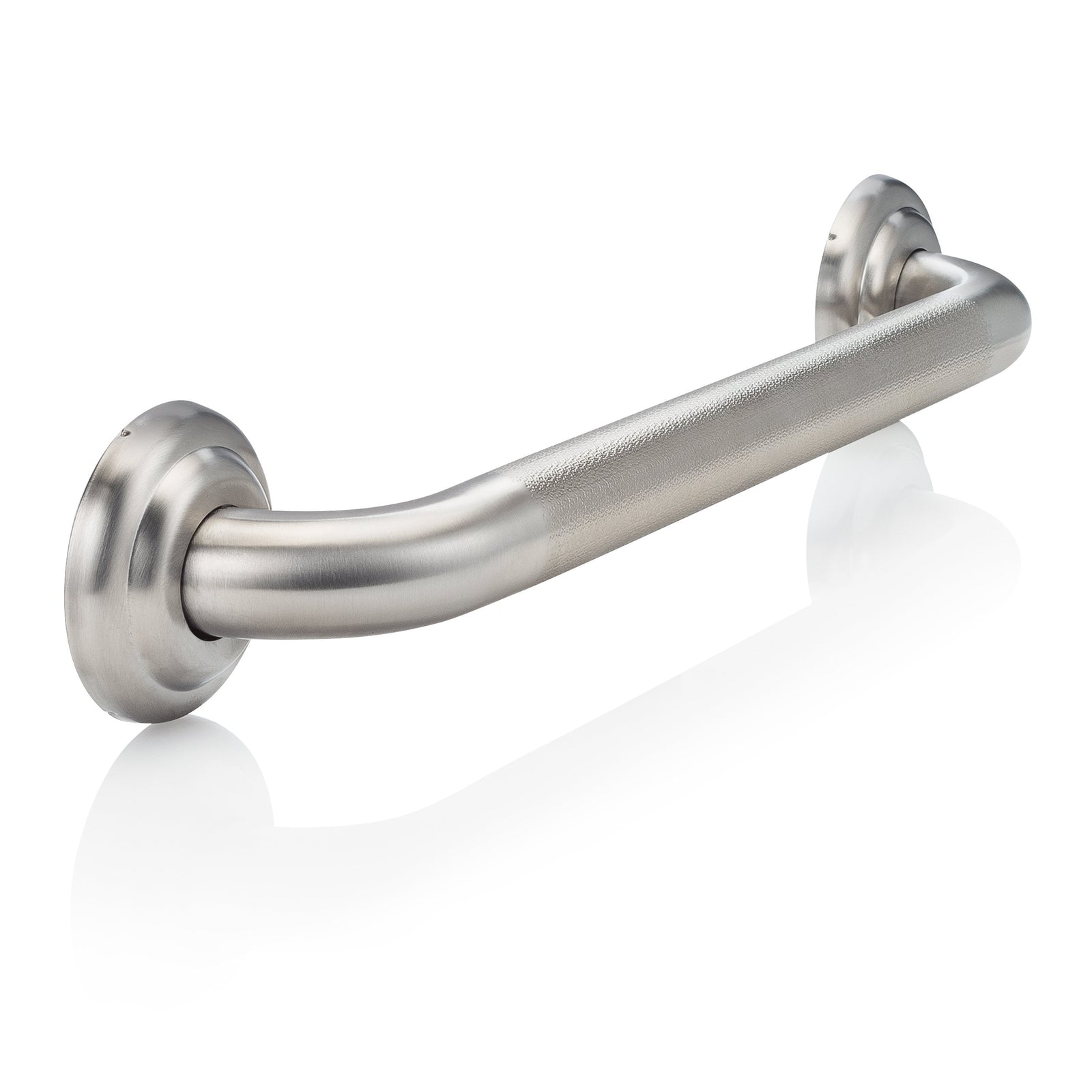
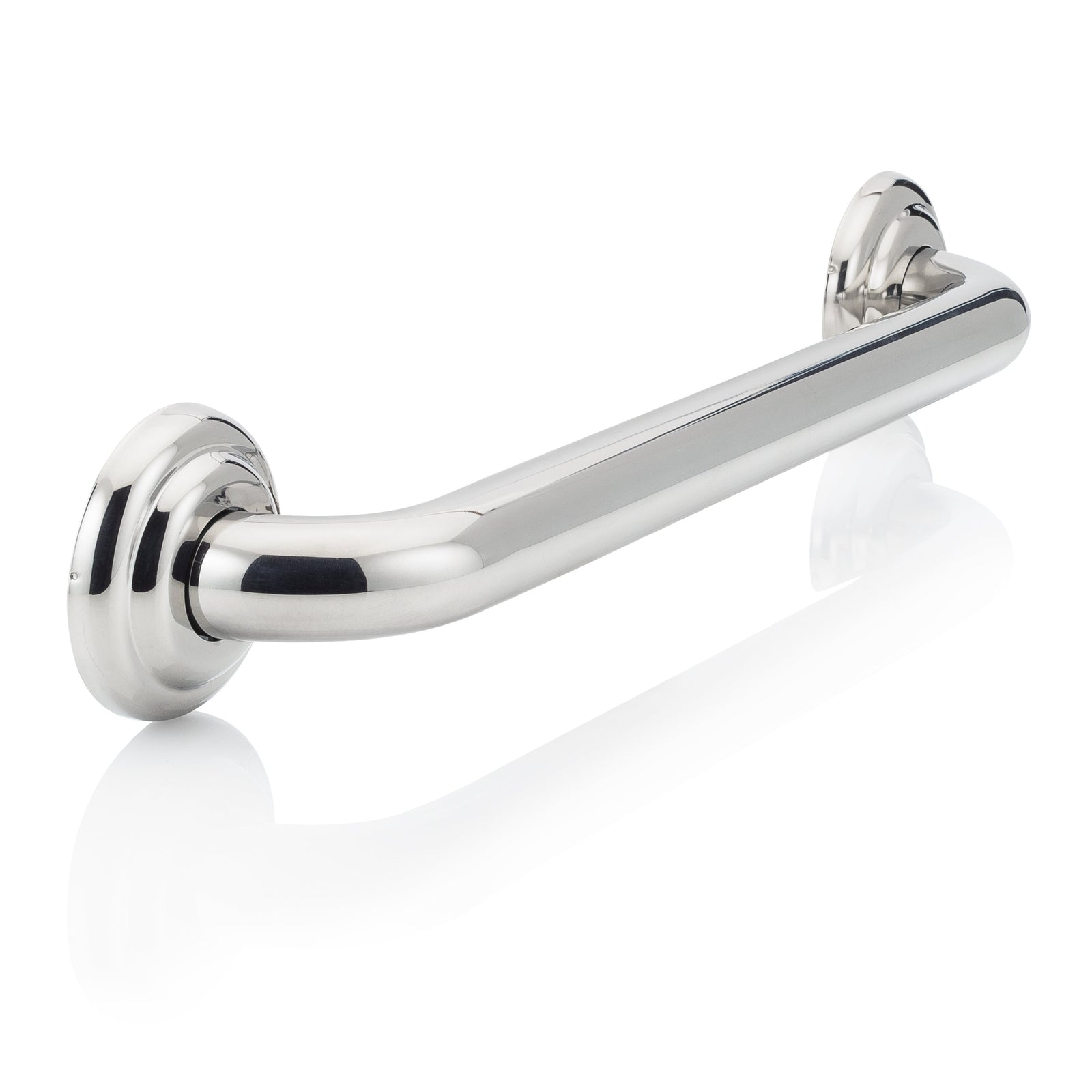
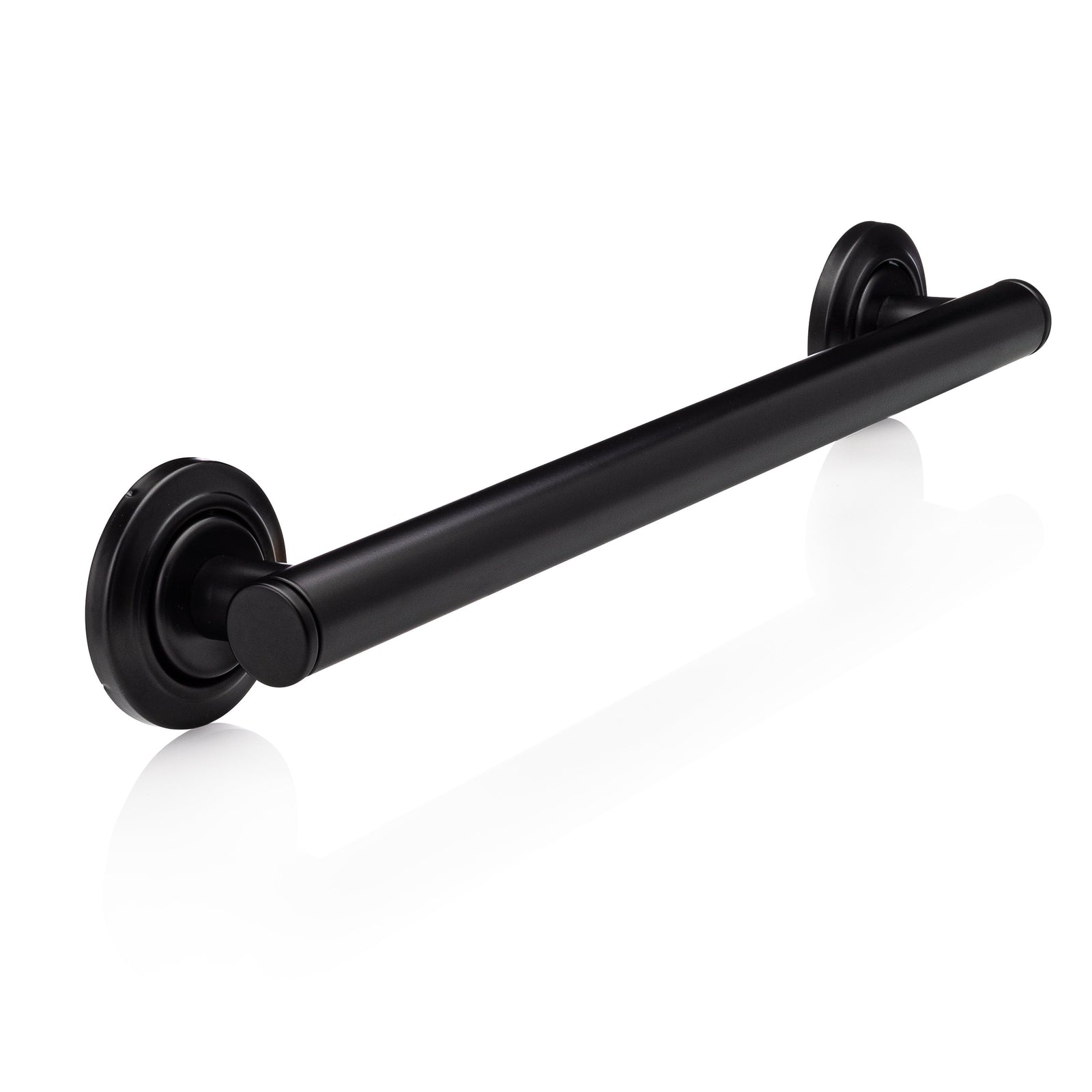
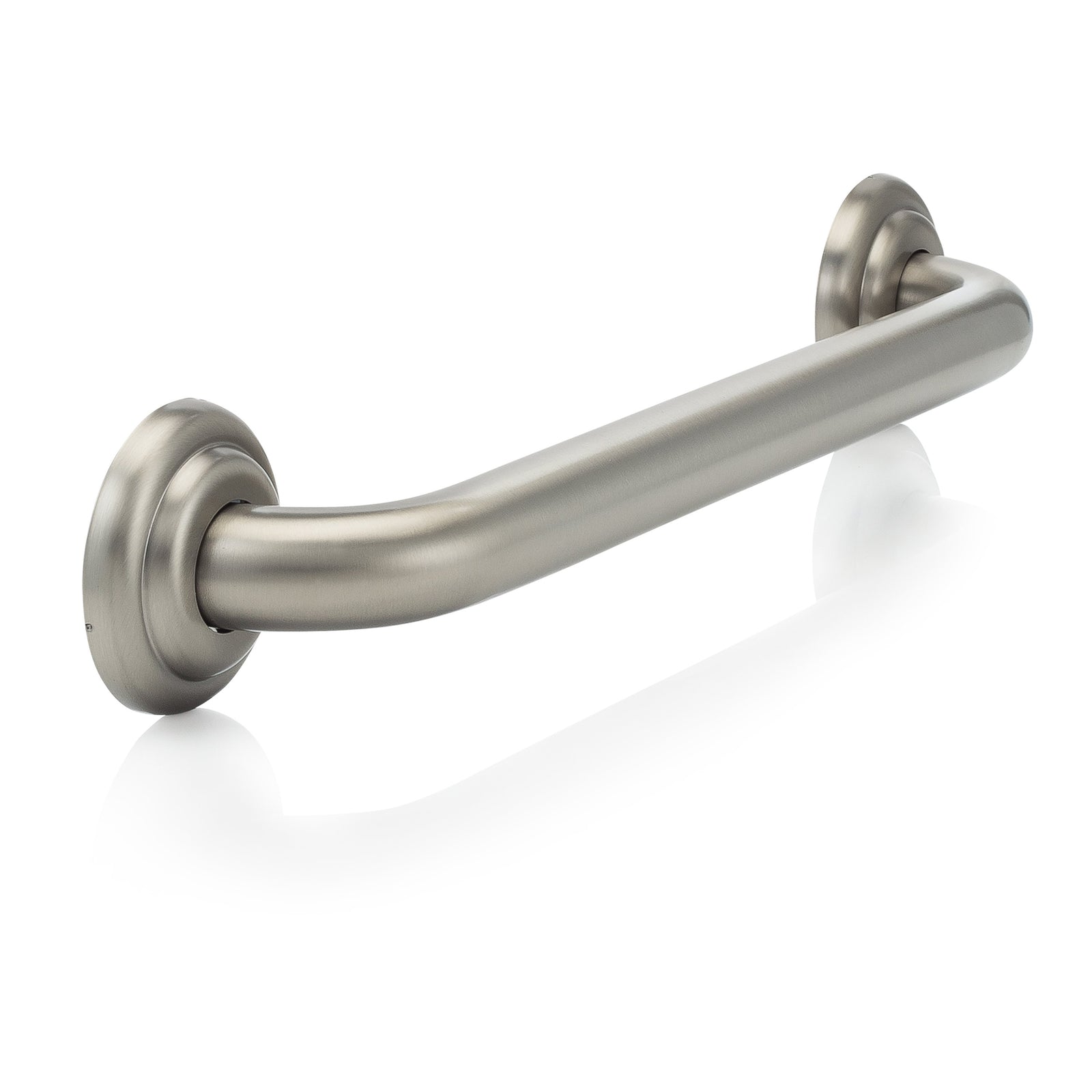
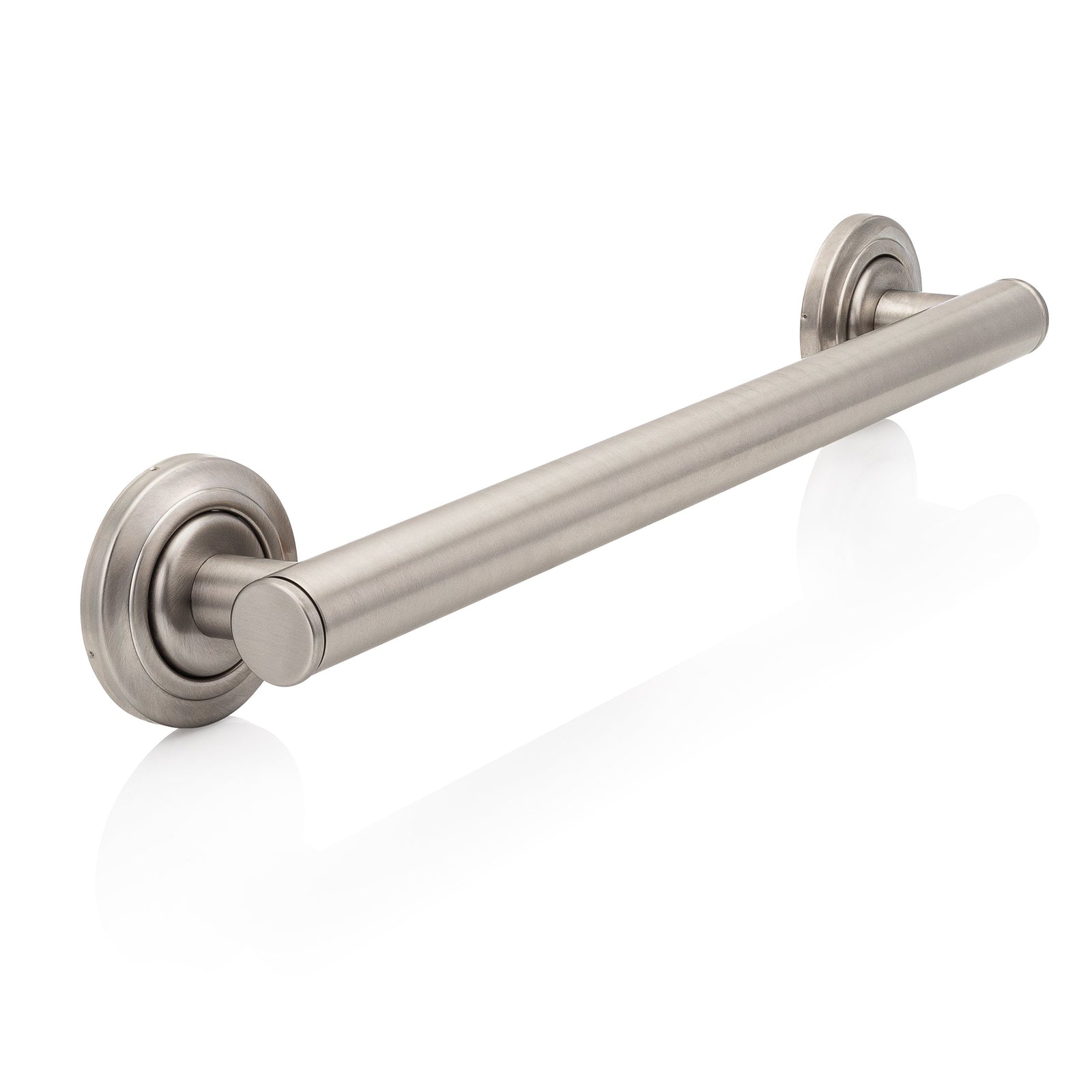
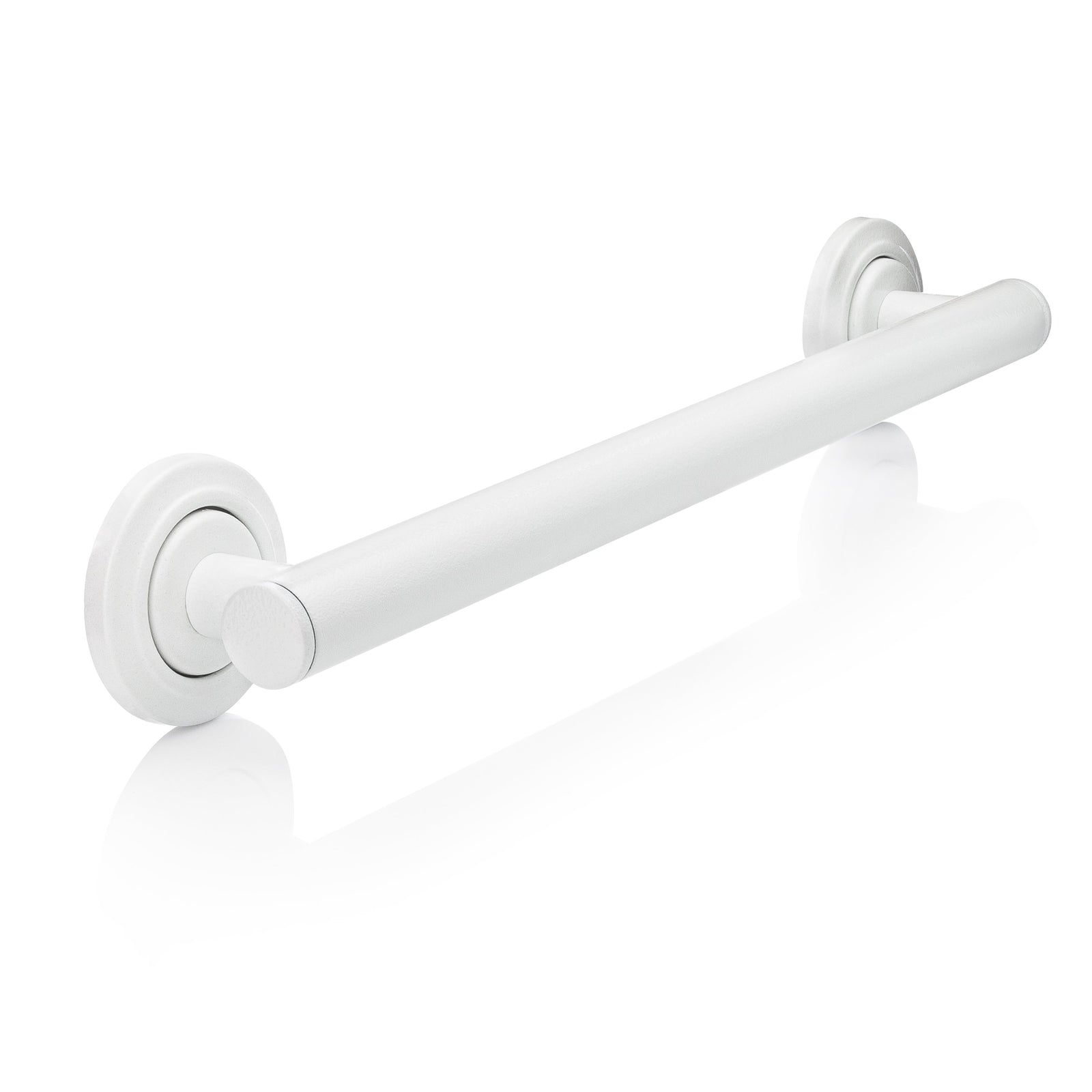
Leave a comment (all fields required)